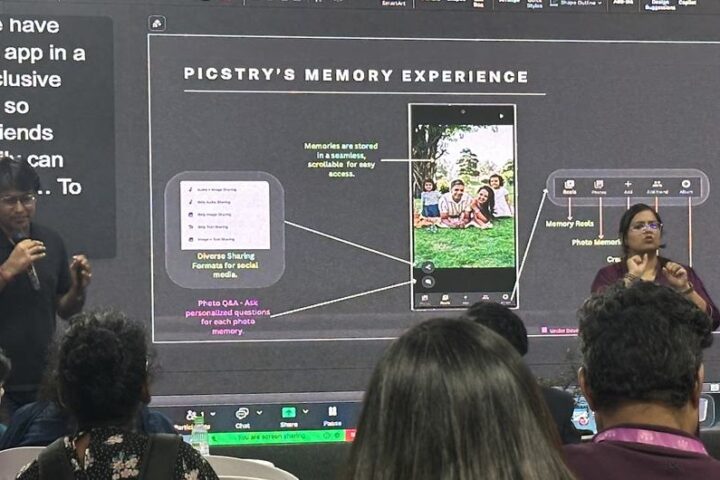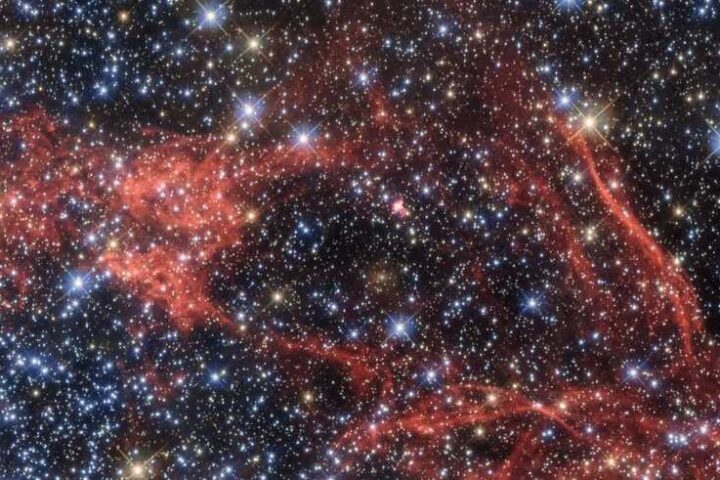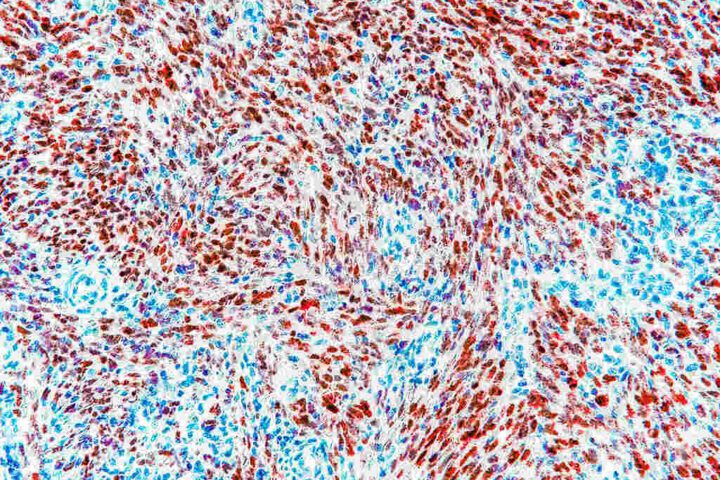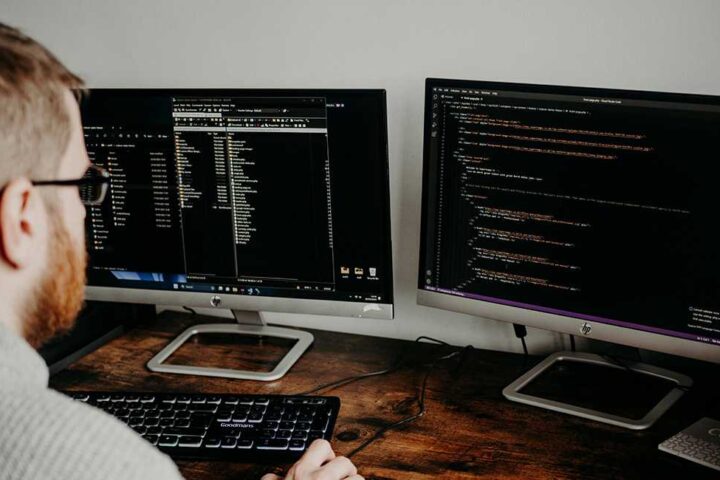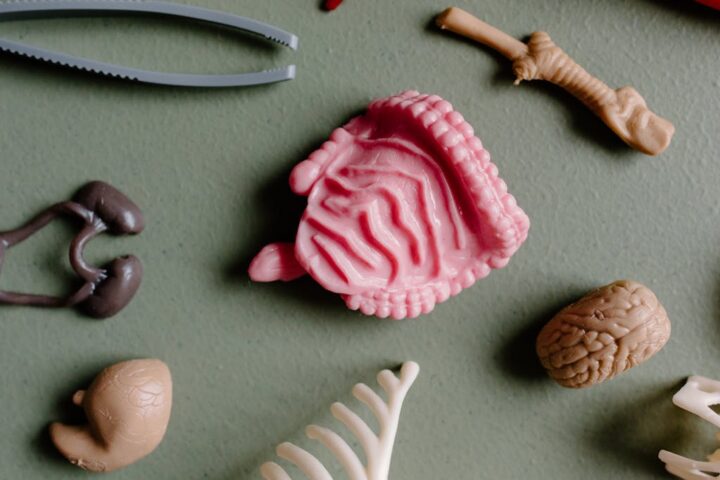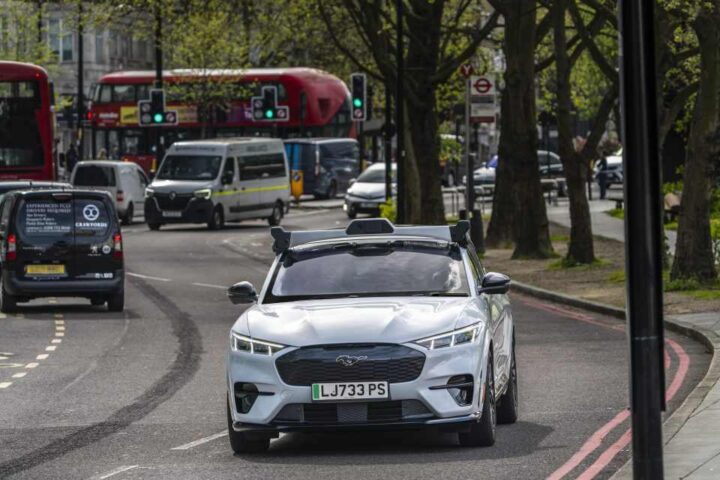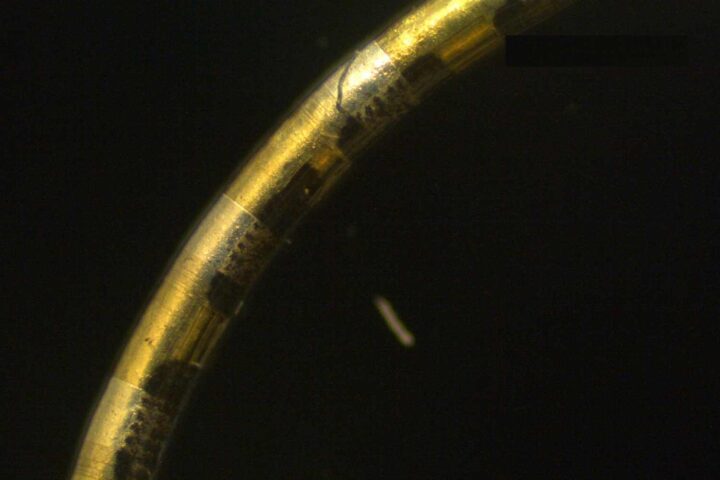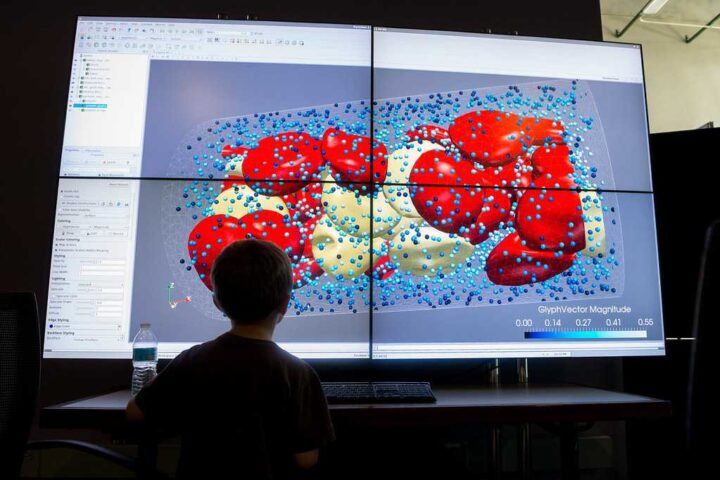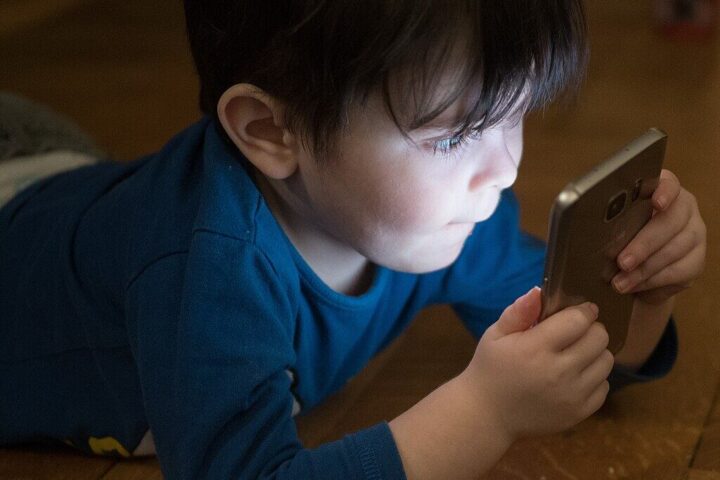A new artificial intelligence model developed by Microsoft, University of Washington, and Fred Hutch researchers could make breast cancer screening more accurate and less stressful for thousands of women. The AI system, which uses a technique called anomaly detection, was recently published in the journal Radiology and offers promising results—particularly in reducing unnecessary callbacks.
The technology, known as Fully Convolutional Data Description (FCDD), takes a fundamentally different approach from previous AI systems. Rather than training algorithms to recognize cancer patterns, researchers taught the model to understand what normal breast tissue looks like. When it spots something unusual, it flags it as a potential concern.
“Instead of trying to learn what every possible cancer looks like, the model learns what normal breast scans look like and flags anything that deviates,” explains the Microsoft AI for Good Lab team, who spearheaded the project alongside medical partners.
The difference is paying off. In tests designed to mimic real-world screening scenarios, the FCDD model reduced false positives by over 25% while maintaining high sensitivity for actual cancers. It also doubled the positive predictive value—meaning fewer women would face the anxiety and cost of unnecessary follow-up tests.
Breast cancer is the most common cancer among women worldwide. In the United States alone, one in eight women will be diagnosed with breast cancer in her lifetime. Early detection through screening is the most powerful tool available to save lives, with a 20% to 40% reduction in mortality for women aged 50-69—yet it remains an imperfect science.
Among the 9,738 breast MRI exams analyzed in the study, researchers created both high-prevalence (balanced) datasets and a screening-like low-prevalence cohort where only 1.85% of exams contained cancer—similar to real-world screening rates. The model achieved AUCs (a measure of accuracy) of 84% and 72% respectively, outperforming standard binary classification models.
Perhaps most importantly, the AI creates visual “heatmaps” showing exactly which areas of the breast it finds concerning. These heatmaps matched radiologists’ annotations with 92% pixel-wise accuracy, making the technology trustworthy and transparent.
“This model is more than a technical achievement. It’s a step toward making AI useful in clinical workflows—providing triage support, reducing time spent on normal cases, and focusing radiologists’ attention where it matters most,” states the Microsoft team.
The technology also demonstrated performance across different hospitals and datasets without needing retraining, suggesting it could work effectively in diverse healthcare settings.
The model is particularly valuable for the nearly 50% of women who have dense breast tissue—a condition that not only increases the risk of breast cancer but also makes it harder to detect abnormalities through traditional imaging methods like mammograms.
“We are very optimistic about the potential of this new AI model, not only for its increased accuracy over other models in identifying cancerous regions but its ability to do so using only minimal image data from each exam,” said Savannah Partridge, Professor of Radiology at the University of Washington and senior author of the study. “Importantly, this AI tool can be applied to abbreviated contrast-enhanced breast MRI exams as well as full diagnostic protocols, which may also help in shortening both scan times and interpretation times.”
Abbreviated MRI protocols reduce contrast-enhanced scan times from around 30 minutes to 8–10 minutes, making screening more accessible and comfortable for patients.
Regulatory approval remains a crucial step before widespread adoption. Currently, QuantX (QView Medical) holds 510(k) clearance from the FDA for lesion classification on breast MRI; FCDD’s novel anomaly-detection approach would likely pursue a De Novo pathway rather than a subsequent 510(k).
Similar Posts
Questions about equity across diverse populations also need addressing. The development cohort was more than 80% White, with 42.9% having heterogeneously dense breast tissue and 11.6% extremely dense tissue. Future trials should explicitly recruit under-represented populations to ensure the algorithm works effectively for all women.
The FCDD model complements other AI approaches in breast imaging. For example, Clarity Breast (Bellevue, WA)—recently FDA-authorized for 5-year risk prediction from mammograms—addresses long-term risk assessment rather than immediate detection. FCDD focuses on current-scan anomalies, potentially creating a more comprehensive screening approach when used together.
For radiologists facing increasing workloads, the technology could help prioritize cases most likely to contain cancer, allowing more time for complex diagnoses.
“AI will not replace radiologists,” emphasizes the Microsoft team. “But with the right design and oversight, it can give them sharper tools and clearer signals to increase confidence in evaluating difficult cases.”
The open-source code is available on GitHub for research purposes. The technology continues undergoing evaluation with plans for prospective clinical trials across multiple healthcare systems.
“Breast cancer is a global challenge,” concludes the Microsoft team. “With AI, we have a chance to detect it earlier, reduce unnecessary interventions, and ultimately save more lives. That is a future worth building toward—one pixel, one scan, and one breakthrough at a time.”




